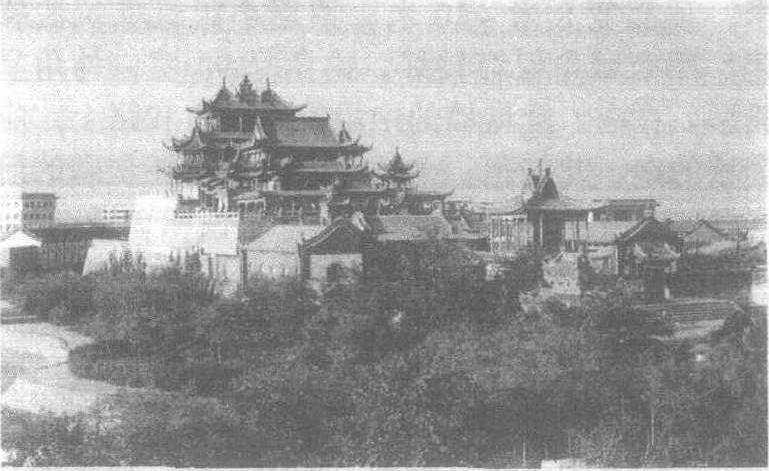平罗县
石嘴山市辖县。位于宁夏回族自治区北部、黄河西岸,邻接内蒙古自治区。包兰铁路纵贯县境。明永乐初筑平虏城,故址即今平罗县。嘉靖三十年(1551年)置平虏千户所,属宁夏卫。清初改名平罗千户所。雍正二年(1724年)改为平罗所,治所即今平罗县,属宁夏府。民国初属宁夏道,1928年属宁夏省。1954年属甘肃省。1958年属宁夏回族自治区。

平罗玉皇阁
| 词条 | 平罗县 |
| 类别 | 中文百科知识 |
| 释义 | 平罗县石嘴山市辖县。位于宁夏回族自治区北部、黄河西岸,邻接内蒙古自治区。包兰铁路纵贯县境。明永乐初筑平虏城,故址即今平罗县。嘉靖三十年(1551年)置平虏千户所,属宁夏卫。清初改名平罗千户所。雍正二年(1724年)改为平罗所,治所即今平罗县,属宁夏府。民国初属宁夏道,1928年属宁夏省。1954年属甘肃省。1958年属宁夏回族自治区。
平罗玉皇阁 |
| 随便看 |
开放百科全书收录579518条英语、德语、日语等多语种百科知识,基本涵盖了大多数领域的百科知识,是一部内容自由、开放的电子版国际百科全书。